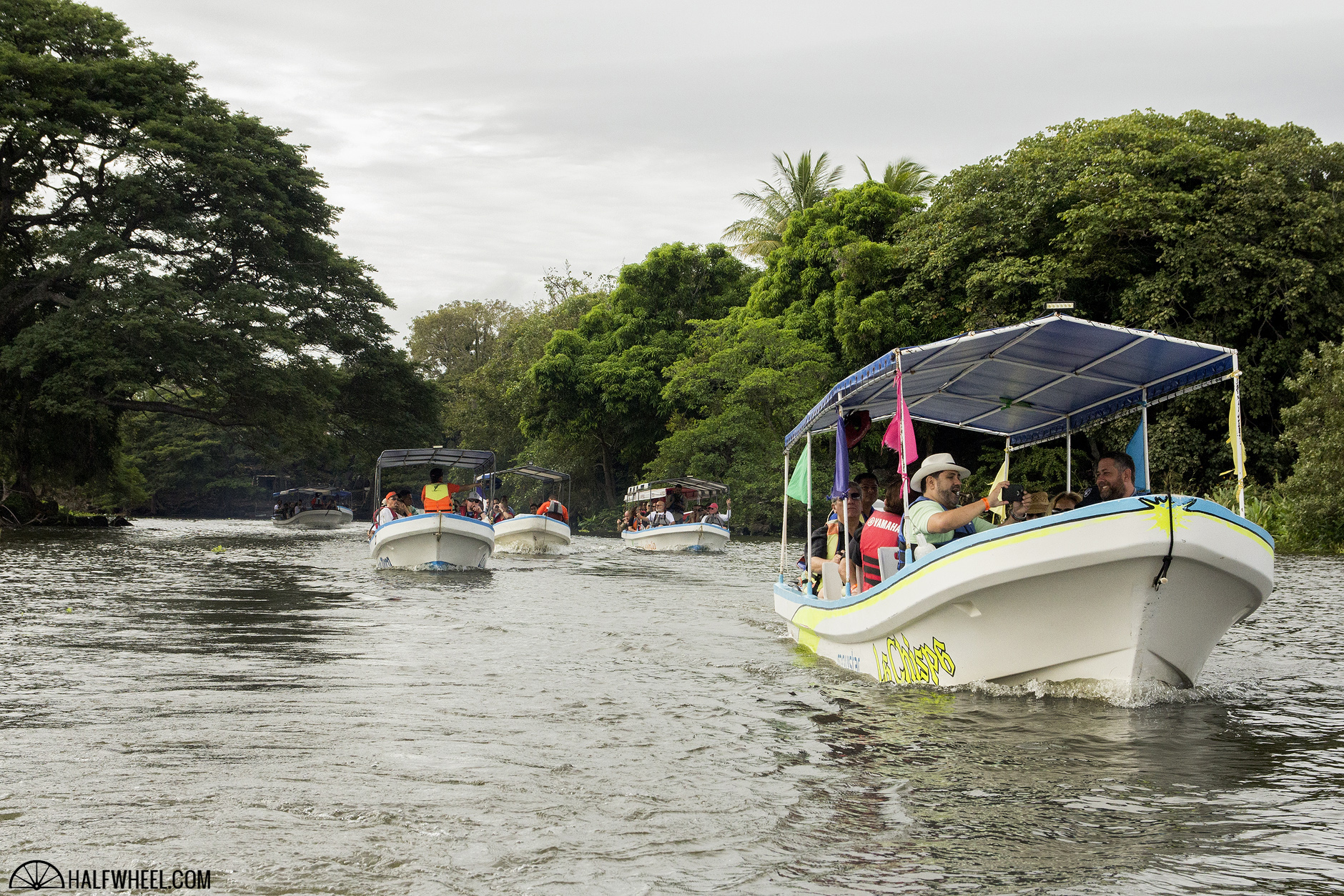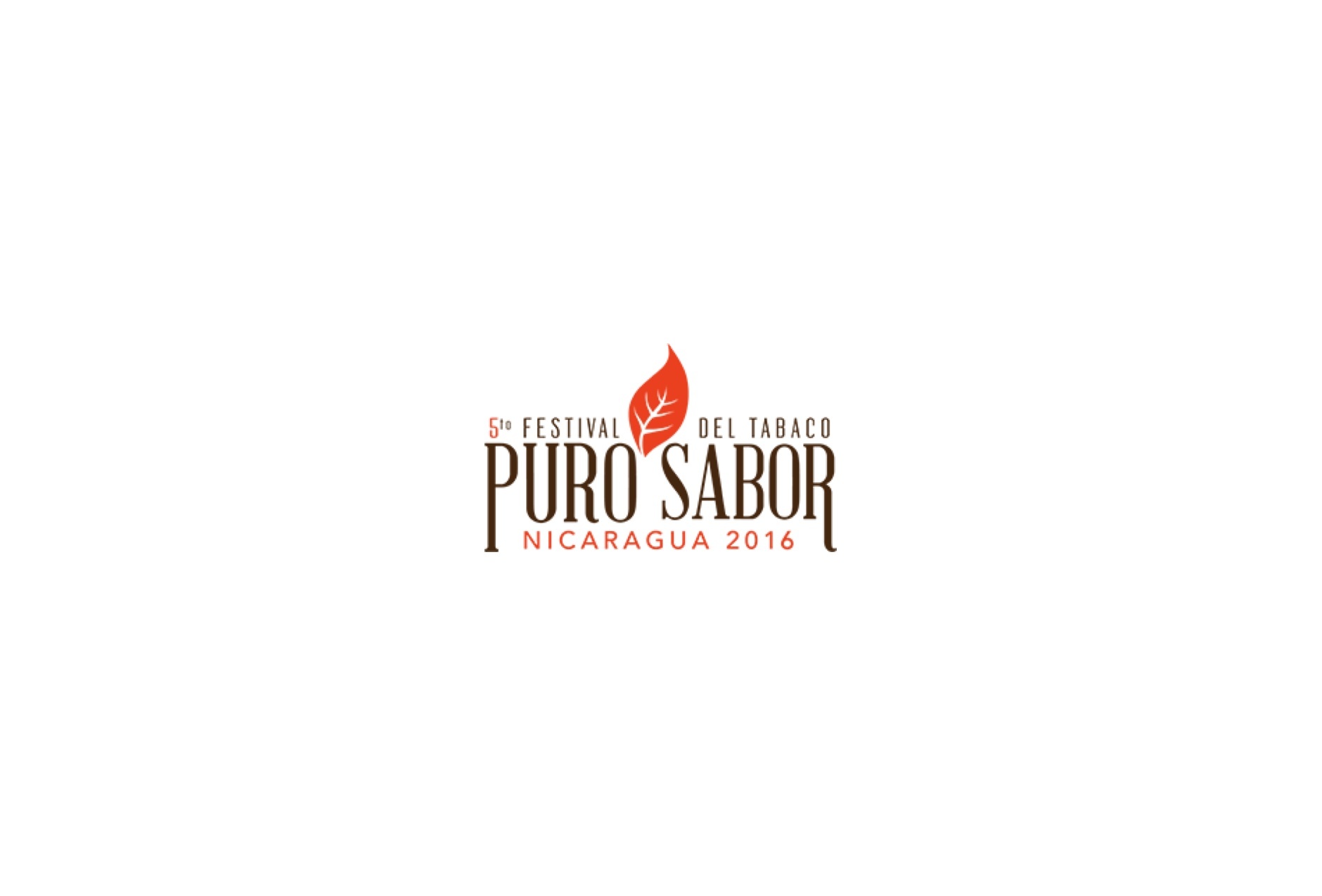Wake up, shower and off to La Estrella.
There are worse ways to start your morning. As Janny García explained as we walked around her family’s farm in Estelí—it’s a pretty nice morning walk. Estelí is a half mile above sea level and much dryer than Managua, meaning it was still in the high 70s as our tour began.

The tour was led by family patriarch José “Pepín” García. He’s one of a few men in Nicaragua who own cigar companies, but are clearly farmers at heart. You can just see his face light up when he talks about the farm and its tobacco, it’s a different sort of brightness than when he talks about the company’s cigars. (Abdel Fernandez of A.J. Fernandez is the other person that immediately comes to mind.)
Pepín reiterated what I’d heard from others: rains late last year forced a slightly delay in the country’s planting season. As such, the plants in La Estrella weren’t as large as they were when I visited the farm this time last year. Pete Johnson of Tatuaje also joined us on the tour and was smoking the new La Vérité 2013, which is made entirely of tobacco from the 2013 crop from La Estrella. He said it was about two years away from being a “morning cigar.”

After that we ventured down the road to Finca Pedrero, another farmed owned by the García family. There we saw the pelo de oro the family grows in Estelí. Pelo de oro, which translates into golden hair, is an infamous strand of tobacco. While the tobacco is both bold and beautiful, noted for its golden color, it is banned in Cuba because of its propensity to mold.
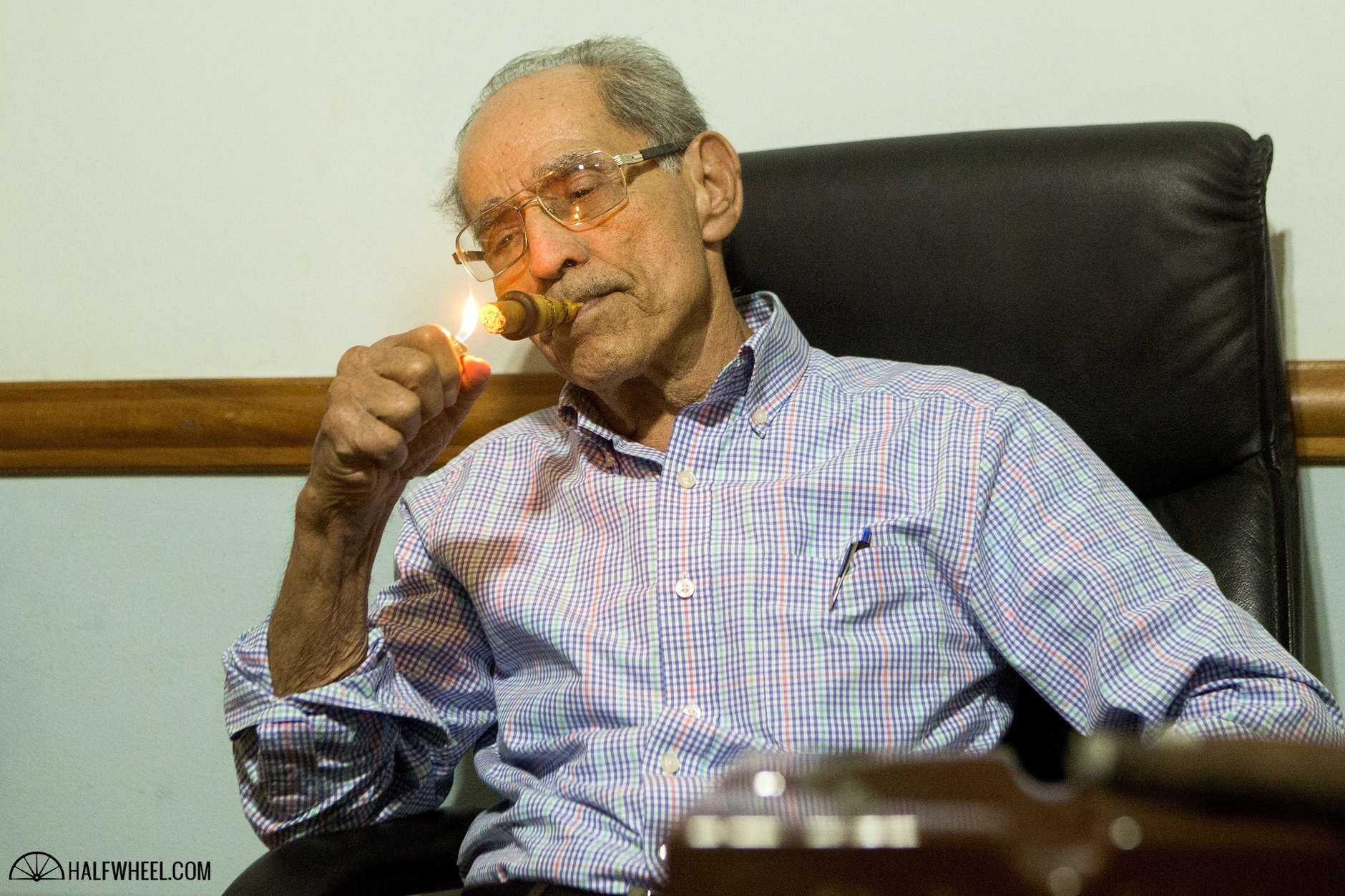
For the first time in the history of my attendance at Puro Sabor, we managed to leave My Father on time and arrived at Tabacalera Oliva de Nicaragua S.A. (TABOLISA) early. As we walked in, we got to pass by Gilberto Oliva Sr., who has received a lifetime achievement award from the ANT the night before.
Oliva Cigar Co., which makes cigars like Serie V, NUb and others at TABOLISA, is not the same company as Oliva Tobacco Co., the Tampa-based tobacco growing operation that is probably most famous for supplying Ecuadorian wrapper, including the one used on the Ashton VSG. That being said, Oliva Cigar Co. also grows tobacco, and by all accounts, Gilberto Oliva has been one of the industry’s most overlooked farmers for decades.
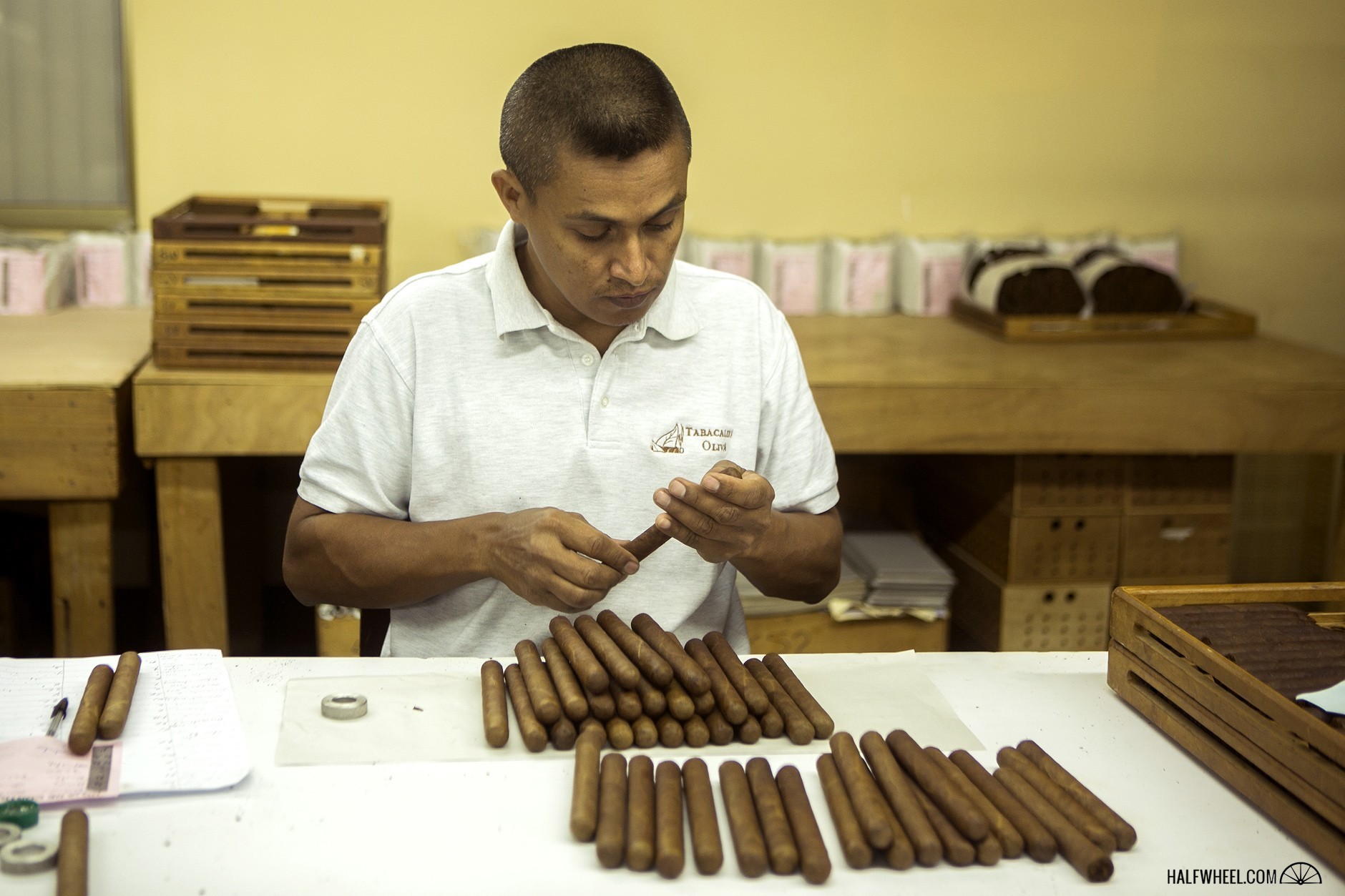
This is probably my fourth trip to Oliva in five years and it continues to change dramatically. The repeated expansions seem like they have finalized a bit, but things continue to move around. Perhaps the largest change comes to how the cigars are bunched. When I first visited the factory almost no one in the factory was bunching without the use of Liebermans, a rubber mat that is attached to rollers to help bunch cigars. That has most certainly changed. The majority of the buncheros are still using Liebermans, but there are a lot more buncheros assembling with just a chaveta and their hands. A stroll through the rolling school revealed that all of the new buncheros were rolling without Liebermans, although that could just be a temporary thing.
The English version of Oliva’s tour was led by Ian Hummel, the company’s national sales manager. As mentioned above, I’ve done the tour a few times before, but it was nice to have Ian there giving it, as he definitely gave a business-related prospective to why the factory chooses to do things.
As Oliva has done in years past there was a snack including plantains and some sort of local alcoholic cocktail that was much appreciated before we finished the tour.
I had quite a bit of food at Oliva, even though we were headed immediately to lunch afterwards. Why? Because Puro Sabor’s lunch concept is a mess. (More on that tomorrow.)
We arrived early at Puros de Estelí Nicaragua S.A. (PENSA) and spent at least 45 minutes before enough groups arrived that it made sense to start serving food. PENSA is owned by J.C. Newman and run by Omar Ortez, the same person who is the administrator at NACSA. In fact, most of PENSA’s production, including J.C. Newman’s Nicaraguan bundle brands, used to be made at the old NACSA. After lunch, I was led on a tour by Eric Newman.
It makes sense that PENSA and NACSA share a lot of similarities given the history and relationships between the two factories. PENSA was also using the plastic trays I saw yesterday at NACSA. Eric Newman told me that the company is producing around 75,000 cigars per day, which would likely make it second to only Drew Estate by my estimates in terms of daily production in Nicaragua. This includes the production of Brick House, the popular long filler cigar that was previously made at Tabacos San Rafael S.A. Newman told me they moved production of Brick House last year and are not currently producing anything at San Rafael.
Interestingly, he shared that the company was growing through a bit of growing pains when it comes to producing long filler cigars at the factory. While PENSA has been open for a few years, it has been making mixed fill cigars. This means that the filler tobacco it receives is tobacco that is scrap and extra cuts from other long filler cigars. As such, the tobacco has already been processed fully. Now that Brick House is being made at PENSA, the company is having to process its own filler tobacco, which means a lot of additional space was built to house pilones and tobacco.
My visit to PENSA means only Tabacalera Perdomo S.A. and STG Estelí remains as large factories in Estelí I haven’t visited. I imagine that will have changed by this time next year.
After lunch, I hopped in a bus and headed to the Hex Hotel for a presentation. I remember two years ago when Hex was just barely finished, it and the shopping complex surrounding the hotel have come a long way. The presentation began with Juan Ignacio Martínez and the rest of the ANT board presenting some statistics regarding Nicaraguan cigar production. My two largest takeaways: 14 of the 51 factories in Nicaragua produced 88 percent of the country’s cigars in 2014 and the majority of the over 30,000 people employed in the tobacco business in Estelí are women.
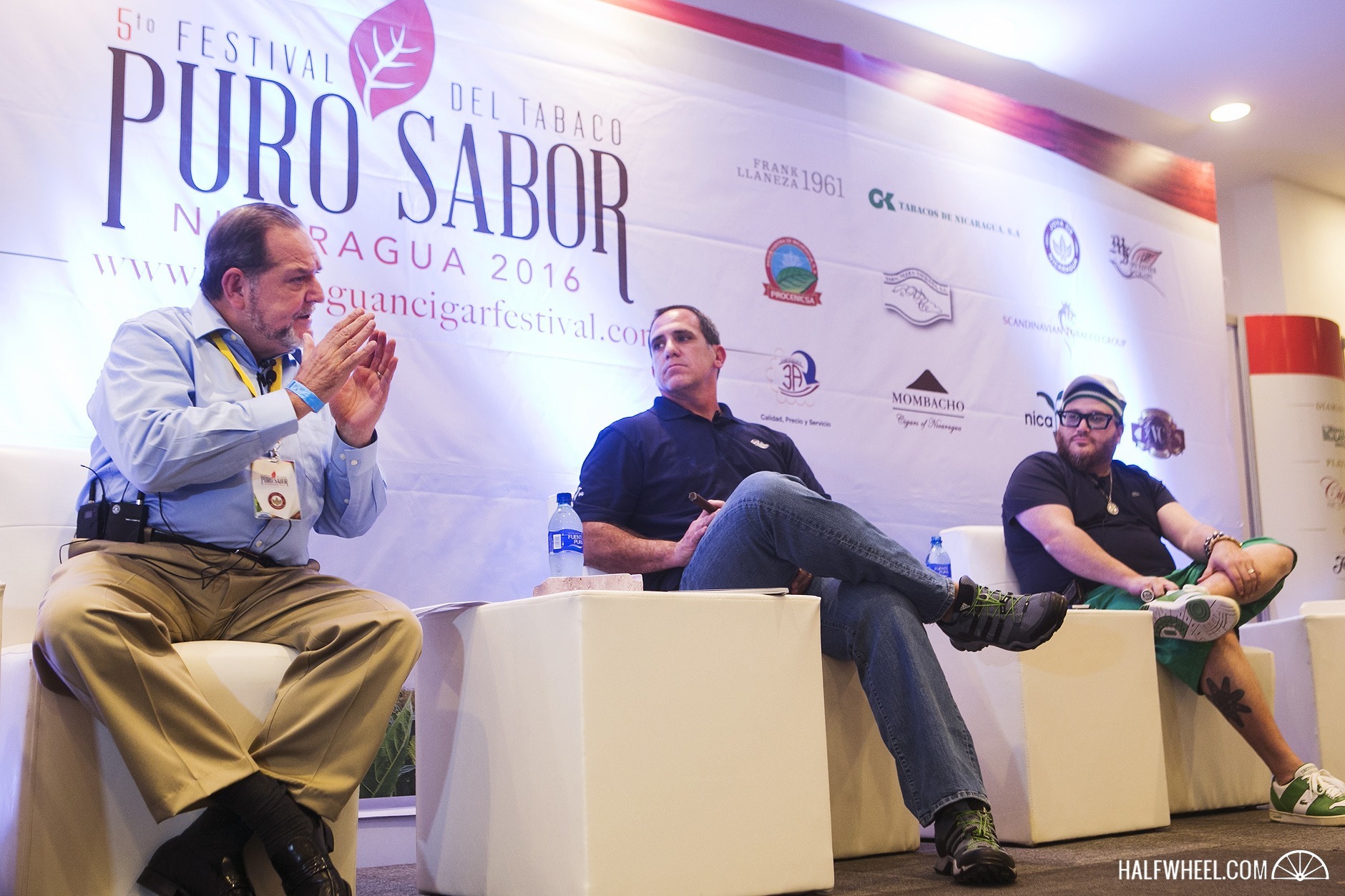
Afterwards, Dr. Alejandro Martínez Cuenca (Joya de Nicaragua), Jorge Padrón and Jonathan Drew spoke about Nicaragua’s past and future. It was interesting to hear the historian that Dr. Cuenca is describe tobacco’s origins in Nicaragua; Padrón reiterated a message I heard last year at the Dominican Republic’s ProCigar: bring on Cuba; and Drew gave two impassioned monologues about how important the people of Nicaragua and their hope has been to the country’s rapid growth in recent years.
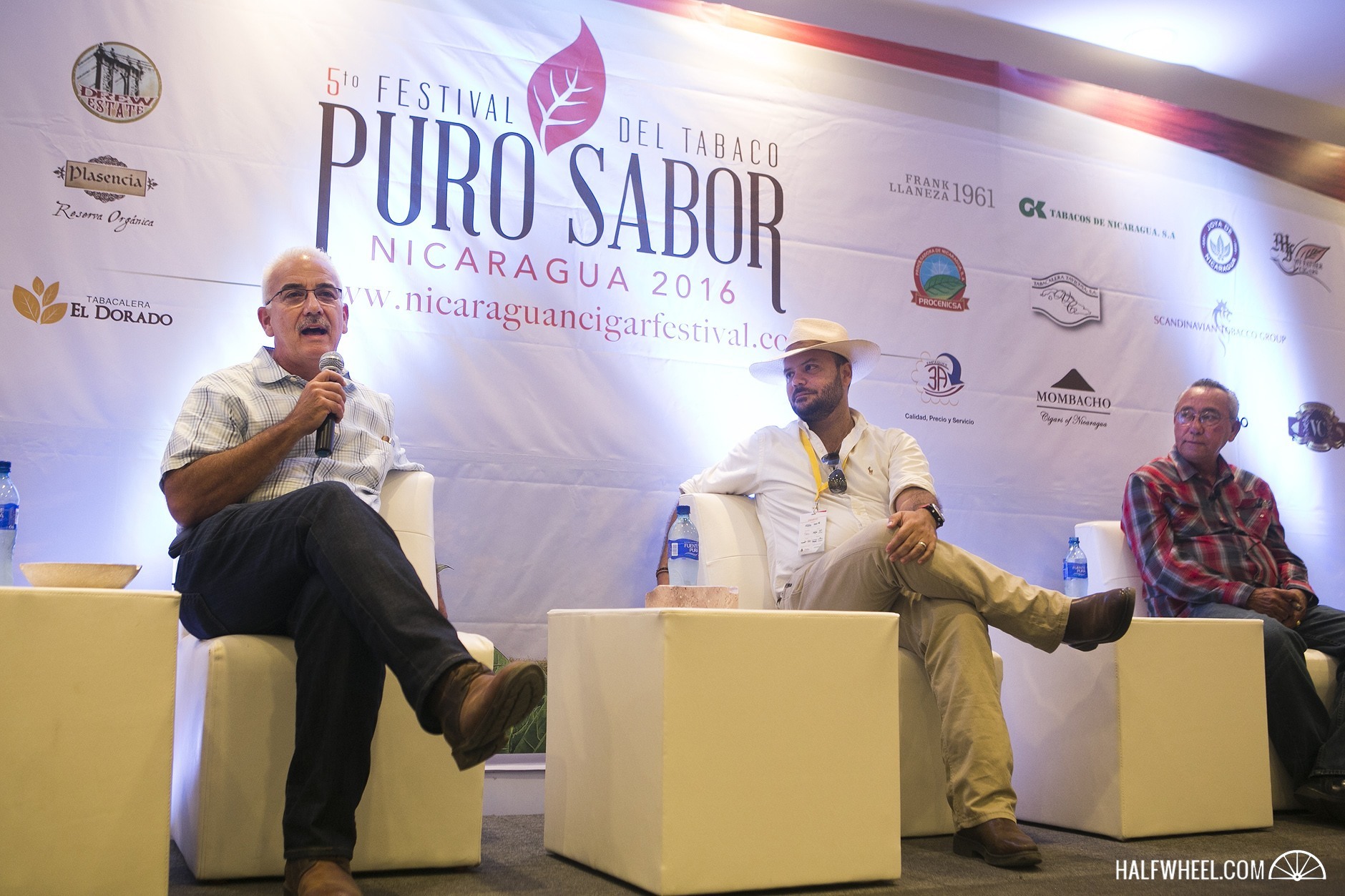
Next up was Gustavo Cura (Oliva Tobacco), Nestor Andrés Plasencia and José Pepín García to talk about Nicaraguan tobacco. The three talked heavily about the importance of sustainable and responsible farming and also bragged a bit about Nicaraguan tobacco. (Pepín didn’t sing Guantanamera for those wondering, although that probably would have been appreciated.)
Finally, Pete Johnson, Christian Eiroa (CLE Cigar Co.) and Nicholas Melillo (Foundation Cigar Co.) came on stage to discuss what it’s like to have cigars made in Nicaragua by other factories. Jon Huber (Crowned Heads) had a family emergency and couldn’t attend and Dion Giolito (Illusione) bowed out for unknown reasons.
The conversation was still good, but it probably would have been improved by the viewpoints of Huber and Giolito, particularly since both have cigars currently made in other countries by other people. The panel still produced a lot of laughs and good stories about Nicaragua’s rise and each brand’s history.

Afterwards, the media was held back for a press conference. Last year, the Puro Sabor auction raised over $50,000 largely to help fund a program to protect the Estelí River, which is a major source of water for not only the tobacco fields of Estelí, but the city and many other surrounding cities. Some of the money was used for special programs already in the city, but $30,000 was earmarked for the protection of the river. That money was matched by a contribution from Banpro, a Nicaraguan bank, and the money was set aside in a trust fund. Francisco Ramón Valenzuela Blandón, the mayor of Estelí, was on hand to sign the documents establishing the trust fund.
This will help to pay for research, programs and resources needed to keep the water level in the Estelí River at a healthy level.
My original intention was to head over to Tabacos Valle de Jalapa S.A. (TABSA) or Fabrica de Tabacos NicaSueño S.A. after the events at the Hex, but it was 5 p.m. when we left, so it was back to the hotel to finish up some work.
Two hours later, it was back to another bus for the festival’s gala, hosted this year in the outdoor cafeteria at DE II, Drew Estate’s tobacco storage facility that opened two years ago. In short, Drew Estate can clean up really nicely. The evening was like galas of year’s past, down too the same band. Of note: no fireworks this year, the auction actually remained an auction and Pepín didn’t sing Guantanamera, or at least not before I left.


